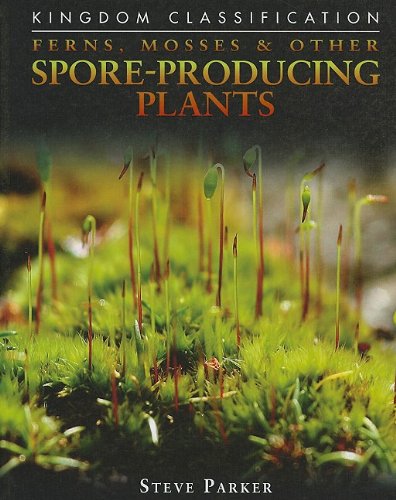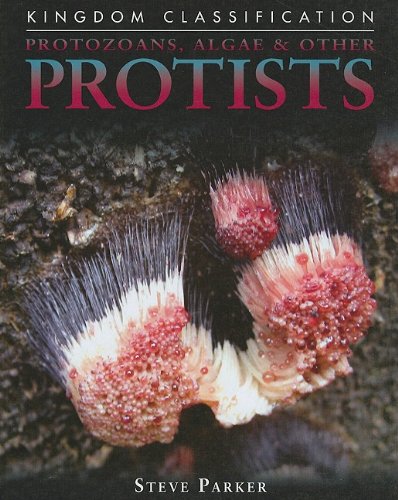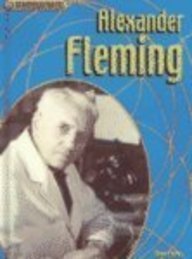-
Tyrannosaurus Rex
Steve Parker
Hardcover (QEB Publishing, Feb. 25, 2014)This series combines reference-style information with an imaginative diary approach each book charts the observations, thoughts, sketches, and doodles of a young animal diarist.Information is presented in smartly written, bite-sized nuggets, combined with scribbles, torn-out photos, comic strips and incidental finds, such as footprints, eggs, pieces of vegetation, and a series of fact cards on other species that the diarist meets.Offers a fantastic opportunity to encourage an active developing imagination to live and survive in the animal’s world, as well as developing both reading and writing skills.Readers find out all about where the T-Rex lived and what they ate. Meet his family and the other dinos who lived nearby some are weird, but others are very tasty!The Animal Diaries series are personal accounts written by young animal diarists. Sometimes funny, often scary, these firsthand stories are highly entertaining, giving readers an intriguing insight into the life of each animal.Animal Diaries includes:Tyrannosaurus Rex (978-1-60992-255-9) Spring 2014Spider (978-1-60992-252-8) Spring 2014Penguin (978-1-60992-502-4) Spring 2014Lion (978-1-60992-615-1) Spring 2014 N
N
-
Tabletop Scientist -- The Science of Water: Projects and Experiments with Water Science and Power
Steve Parker
Paperback (Dover Publications, Oct. 17, 2013)Encourage young minds to explore the principles of water science with this captivating book of experiments. Simple demonstrations and complete photographs illustrate how to make a boat float, purify dirty water, and employ the power of hydraulics. "Try It and See" sidebars suggest further exploration and "How It Works" panels explain scientific ideas. Z
Z
-
Seashore
Steve Parker
Hardcover (Gardners Books, Aug. 15, 1989)Each title in the "Eyewitness" series is an informative, visual guide to the wonders of the world around us. Illustrated with colour photographs of objects from the natural world, from specialist museums and from rare private collections, this series offers a fresh approach to the mysteries of nature, history, science, arts, crafts and pastimes. Underwater photography highlights this exploration of the world of the seashore, featuring photographs of shells, seaweeds, anemones and rock-pool fish. The accompanying text describes the creation of coastlines and the variety of plants, fish, crustaceans and birds that live here.
-
Ferns, Mosses & Other Spore-Producing Plants
Steve Parker
Library Binding (Compass Point Books, July 1, 2009)This book introduces you to a fascinating group of plants, from hornworts to tree ferns. It examines how these plants get energy and reproduce, as well as how they evolved from prehistoric plants. It also looks at how people use spore producing plants for food, decoration, and even medicine. Did You Know? &&/UL&& Some ferns are as tall as trees, reaching 80 feet (24 meters). There are about 10,000 species of mosses. One species of moss is used as stuffing for beds and pillows. Y
Y
-
A Brief Illustrated History of Life on Earth
Steve Parker
Library Binding (Capstone Press, Jan. 1, 2017)'A Brief Illustrated History of Life on Earth' charts the evolution of living species all the way from 2.5 billion years ago, through the Triassic, Jurassic, and Cretaceous periods and right through to today. With stunning full-color images and illustrations, this beautiful book is sure to fascinate and charm the young reader. Y
Y
-
Protozoans, Algae & Other Protists
Steve Parker
Library Binding (Compass Point Books, July 1, 2009)This book introduces you to creatures from the protist kingdom, from microscopic protozoans to seaweedlike algae. It examines the parts, life cycle, and reproduction of various types of protists. It also looks at the harmful effects some protists have on humans. Did You Know? The deadly disease malaria is caused in part by the protist Plasmodium. The fossils of one type of protist, the red algae, date back more than 500 million years. Paramecium, a well known protist, uses hairlike cilia to sweep food into its mouth. Z
Z
-
Alexander Fleming
Steve Parker
Library Binding (Heinemann/Raintree, March 1, 2001)A biography of the scientist whose work studying bacteria and whose discovery of penicillin helped save many lives and led to further improvements in medical treatment. Z
Z
-
DK Eyewitness Books: Electricity
Steve Parker
Library Binding (DK CHILDREN, July 1, 2013)The most trusted nonfiction series on the market, Eyewitness Books provide an in-depth, comprehensive look at their subjects with a unique integration of words and pictures. Eyewitness: Electricity presents the story of electricity — from the earliest discoveries to the technologies of today — explaining how our eyes receive light rays and turn them into electrical signals, how the chemicals in batteries work, how the invention of electric motors allowed for the creation of household appliances, what happens when you tune in the radio, and more. Z
Z
-
A Brief Illustrated History of Life on Earth
Steve Parker
Paperback (Raintree, Feb. 8, 2018)None
-
Rocks & Minerals
Steve Parker
Paperback (DK CHILDREN, March 5, 1997)Discusses the characteristics of the various types of rocks and minerals, from precious gems to fossils, and suggests hands-on projects such as crystal collecting R
R
-
Eyewitness Natural World
Steve Parker
Hardcover (Dorling Kindersley, Sept. 15, 1994)Shows and describes a wide variety of animals and discusses physical structure, hunting, life cycles, camouflage, the senses, evolution, extinction, animal classification, and the history of life V
V
-
How nature works
Steve Parker
Paperback (Scholastic, March 15, 2000)Exploring the mechanisms of living things, by means of straightforward text and colour illustrations, this book relates particular actions to the use to which they are put, and thus gives an insight into how animals and plants work and how they use others to survive. The topics include locomotion, feeding and social behaviour, and there is an explanation of evolution and the history of the Earth.